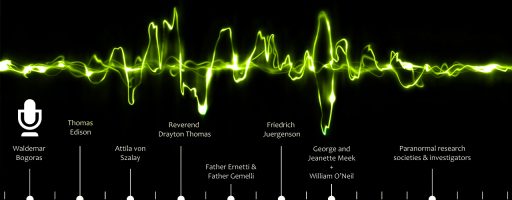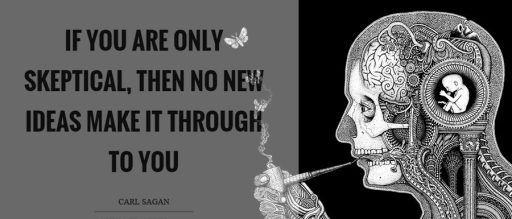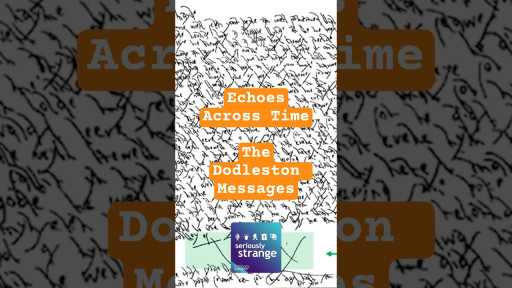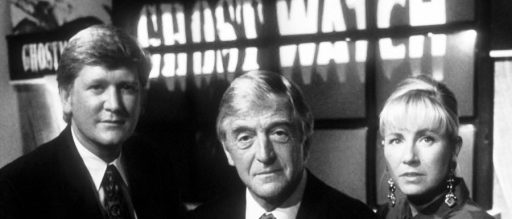Echoes from the Past
From ancient Babylon to modern-day investigations, humanity’s fascination with the paranormal has been a constant thread through history. This article delves into the earliest documented attempts to comprehend and counter supernatural experiences, exploring how civilisations across time have sought to unravel the mysteries of the unknown.
1500 BC
The Babylonian Ghost Tablet
The earliest concrete evidence of humanity’s engagement with the paranormal emerges from a small clay tablet discovered in ancient Babylon. Dating precisely to 1500 BC, this extraordinary artefact represents humanity’s first documented attempt to comprehend and counter supernatural experiences. Dr Irving Finkel, a curator at the British Museum, describes this tablet as the world’s oldest ghost exorcism guide. It contains intricate instructions for banishing troublesome spirits, complete with a miniature drawing of a bound ghost being led to the underworld. The ritual ends with a warning: “Do not look behind you,” suggesting a belief in the power of spirits to follow or possess the living.
Ancient Egypt
The Book of the Dead
In ancient Egypt, the Pharaohs’ tombs served as gateways to the afterlife. The Book of the Dead, a collection of spells and incantations, was believed to guide the deceased through the perilous journey of the underworld. This complex text reflects the Egyptians’ intricate beliefs about life after death and the supernatural, including the weighing of the heart ceremony and the various deities and demons encountered in the afterlife.
1400 BC
The Oracle of Delphi
The Oracle of Delphi, dating back to 1400 BC, was the most important shrine in ancient Greece. The Pythia, Apollo’s high priestess, would enter a trance-like state to deliver prophecies. Modern scholars speculate that geological faults beneath the temple may have released ethylene gas, potentially inducing her altered state of consciousness. This intersection of natural phenomena and mystical experience exemplifies the intricate relationship between the physical world and supernatural beliefs in ancient times. The Oracle’s influence extended far beyond religious matters, often shaping political decisions and military strategies of ancient Greek city-states.
1st Century AD
Pliny the Younger’s Ghost Story
In the 1st century AD, Pliny the Younger documented one of the oldest recorded hauntings in his “Epistulae”. He described a house in Athens reportedly haunted by the ghost of an old man in chains. The philosopher Athenodorus investigated and discovered human remains buried in the courtyard, providing an early example of paranormal investigation. This account not only demonstrates the enduring belief in ghosts but also shows an early attempt at rational investigation of supernatural claims.
1634
The Loudun Possessions
The Middle Ages saw a proliferation of supernatural beliefs, often intertwined with religious fervour. The Loudun possessions of 1634 in France stand out as a compelling example of unexplained group phenomena. A convent of Ursuline nuns experienced what appeared to be demonic possession, speaking in tongues and displaying superhuman strength. This case, which involved political intrigue and resulted in several executions, highlights the complex interplay between supernatural beliefs, social dynamics, and power structures in early modern Europe.
19th Century
The Rise of Spiritualism
The 19th century witnessed an explosion of interest in the paranormal with the rise of Spiritualism. Daniel Dunglas Home’s séances were attended by luminaries of the age, including Emperor Napoleon III and Tsar Alexander II. He reportedly levitated, handled red-hot coals without injury, and caused objects to move without touching them. Unlike many mediums of his time, Home was never conclusively exposed as a fraud, leaving his abilities a subject of debate to this day. His performances challenged the scientific community and sparked intense discussions about the nature of reality and the limits of human perception.
1882
The Society for Psychical Research
As the 20th century dawned, efforts to apply scientific rigour to paranormal investigations intensified. The Society for Psychical Research, founded in 1882, brought together some of the finest minds of the era to examine claims of the supernatural. Leonora Piper, a medium whose abilities baffled even sceptical investigators, became a subject of intense study. Her case exemplifies the challenges of applying scientific methods to seemingly inexplicable phenomena.
1961
The Betty and Barney Hill Abduction
The latter half of the 20th century saw a shift towards UFO sightings and alien encounters. The Betty and Barney Hill abduction case of 1961 introduced many elements that would become staples of alien abduction narratives. Their detailed accounts under hypnosis, including descriptions of medical examinations and communication with extra-terrestrial beings, profoundly influenced subsequent UFO reports and popular culture.
1975
Near-Death Experiences Research
Near-death experiences (NDEs) also emerged as a fascinating area of research, with Dr Raymond Moody’s work bringing these experiences into the mainstream. The case of Pam Reynolds, who reported detailed observations during a state of clinical death, challenges our understanding of consciousness and the boundaries between life and death. Her experience has led to ongoing debates about the nature of consciousness and its potential to exist independently of the brain.
1977-1979
The Enfield Poltergeist
Poltergeist cases, where objects reportedly move of their own accord, continue to intrigue investigators. The Enfield Poltergeist case of 1977-1979 remains one of the most thoroughly documented instances, with witnesses reporting furniture moving and objects flying through the air. You can read more about the Enfield Poltergeist in our paranormal archives. This case involved extensive investigation by both believers and sceptics, highlights the challenges of verifying paranormal claims and the impact of such events on those who experience them.
21st Century
The Intersection of Paranormal and Science
As we venture further into the 21st century, advanced technology has provided new tools for investigation. Yet, definitive proof of paranormal phenomena remains elusive. The intersection of paranormal research and cutting-edge science, such as quantum entanglement, offers intriguing possibilities for future understanding.
Quantum entanglement suggests that particles can instantaneously influence each other regardless of distance, a phenomenon Einstein famously called “spooky action at a distance.” Some theorists speculate that quantum phenomena might provide a scientific basis for experiences like telepathy or precognition.
The study of paranormal phenomena touches on fundamental questions about the nature of reality, consciousness, and human perception. As we continue to push the boundaries of scientific understanding, we may find that the line between the paranormal and the natural is more blurred than we ever imagined. Perhaps, in time, we will discover that the paranormal is simply the natural not yet understood, echoing Arthur C. Clarke’s famous words: “Any sufficiently advanced technology is indistinguishable from magic.”




